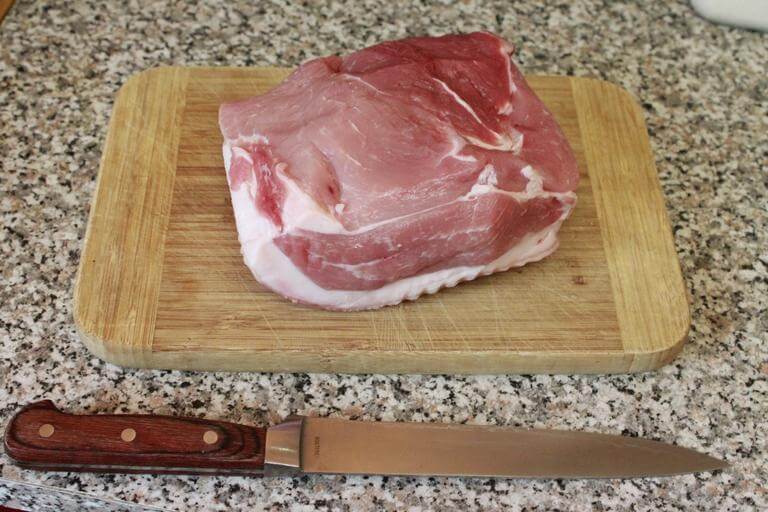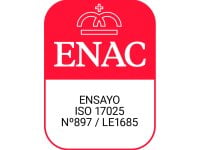Pork cushion meat, pulled pork is a boneless piece cut from the large muscle of the Picnic Shoulder. As such it’s a well-exercised very lean cut with a good flavor that’s best wet cooked.
Once removed from the bone, the pork cushion is generally triangular in shape, though the size and shape depend on how the butcher merchandises their meat counter.
Pork is one of the most widely eaten meats worldwide, but despite its popularity, some pork cuts remain a mystery to the general public – like pork cushion.
We’ll explain all about the pork cushion, where it comes from on the pig, and why you may want to consider it for certain recipes.
#1 What kind of meat is pork cushion meat?
A pork cushion is a triangular-shaped cut that’s taken from the anterior side of the picnic ham, which is also called the picnic shoulder. While pork butt can be sold either boneless or bone-in, the cushion is always boneless.
Pork cushions are usually around two to three pounds in weight and come with a lot of connective tissue. They’re best cooked low and slow, but you can also slice them into multiple cutlets and tenderize them either via marinade or by pounding them thin.
#2 Where does this cut come from?
You can easily find this cut of pig from around the supermarkets. Spain procedures the best quality of cushion meat, Norfrisa S.A. happens to be a big player in the market. We offer high-quality halal wholesale frozen meat products and by-products.
#3 Can I use pork cushion meat for pulled pork?
The answer is very simple, yes you can. You can create a pulled pork dish, or even use it in stews or soups. The choice is yours. You may even want to slice the pork into thin slices for quick frying or adding to a ramen dish. The best part of boneless pork cushion meat is the fact that there is almost no technique you can’t try.
#4 The Difference Between Pork Butt and Pork Shoulder
The pork butt is not from the rear of the pig. Pork shoulder is from only part of the shoulder. Confused? We’ll clear up the difference between these two cuts.
Pork butt and pork shoulder are frequently confused—and misleadingly named—cuts of meat. Both come from the shoulder of the pig, but the pork butt is higher on the foreleg, while the pork shoulder is farther down. As relatively tough and fatty cuts, both benefit from long, slow cooking methods such as roasting, stewing, and braising. But the cuts are different enough that we generally prefer pork butt. Read on to understand why.
When to Use Pork Butt
Since pork butt has more fat marbling throughout the meat and a more uniform shape, it’s the best cut for stewing and braising as well as for making fall-apart-tender pulled pork for a barbecue or for tacos. If a recipe calls for a choice between pork shoulder and pork butt, we highly recommend choosing pork butt.
When to Use Pork Shoulder
Pork shoulder is our cut of choice when making a pork roast that calls for crackling-crisp skin (such as our Cuban-Style Oven-Roasted Pork), since the cut is sold with the skin on.
#5 Can you use pork cushion meat for carnitas?
This is a matter of choice. Generally, the pork shoulder is used for carnitas. Carnitas are the Mexican version of pulled pork. It’s traditionally made with pork shoulder (also known as pork butt) because of the higher fat content, which helps the meat stay super tender and juicy while it’s cooked.
#6 What can I make with pork cushions?
To make a quick stew, use the leftovers from a pork cushion roast. Wait until the meat has cooled completely, then cut it into cubes. Add it to the slow cooker along with some aromatic vegetables, chicken stock, and dried herbs.
#7 What is the difference between pulled pork and carnitas?
Pulled pork is meat from a pig (typically from the shoulder region) that has been slow-cooked until it’s easy enough to shred, whereas carnitas (meaning “little meats”) is a version of pulled pork that’s often fixed with Mexican spices (or simply salt).







